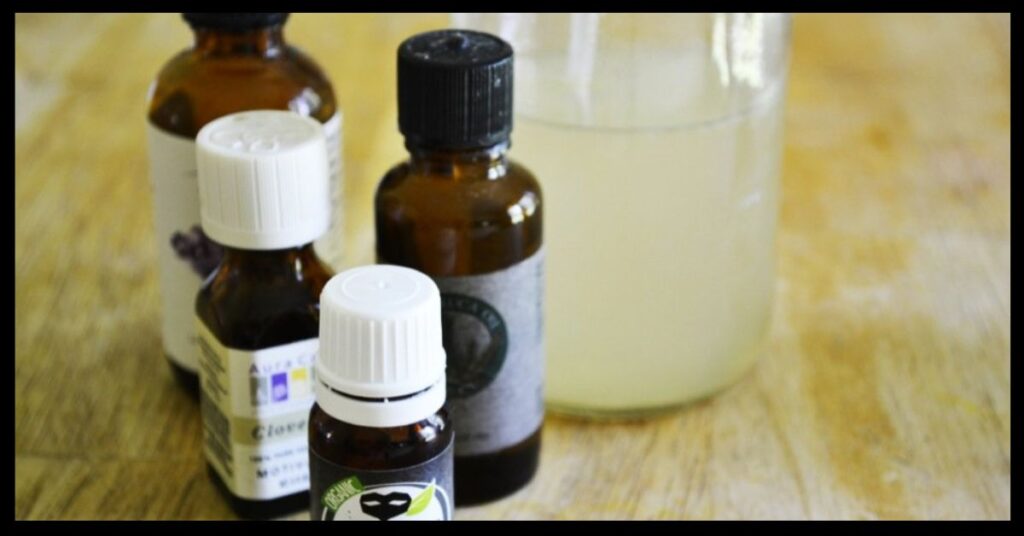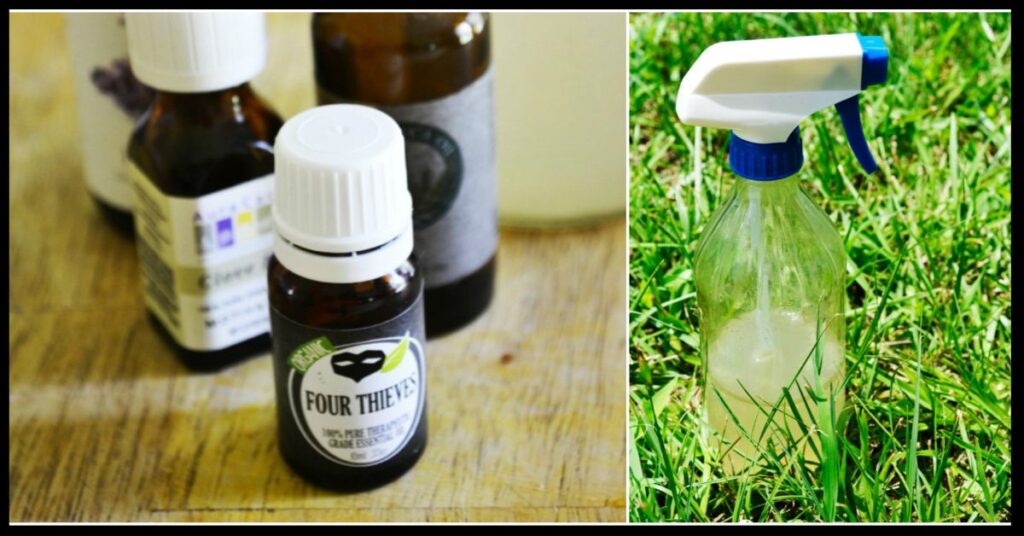Bug bites are an inevitable part of outdoor living, but chemical-based repellents often raise concerns due to their synthetic ingredients. A growing number of people are turning to plant-based alternatives, such as elderberry, which has been traditionally used in European folk remedies. This article explores the French elderberry bug spray recipe, its effectiveness, benefits, and how to safely prepare it at home using natural ingredients.
Table of Contents
ToggleWhat is Elderberry?
Elderberry refers to the dark purple berries from the Sambucus plant, particularly Sambucus nigra, which is native to Europe. The plant has been used for centuries in herbal medicine for its antiviral and antioxidant properties. Beyond internal use, elderberry has gained attention for its ability to deter insects naturally due to its strong scent and plant compounds.
Why Use Elderberry for Bug Repellent?
Elderberry’s insect-repelling properties stem from its rich concentration of flavonoids and phenolic acids, which can create an unpleasant environment for mosquitoes and other pests. In France and other parts of Europe, folk remedies often included elderberry as part of homemade bug sprays to keep insects at bay during summer.
Key Benefits:
- Natural alternative to DEET-based sprays
- Pleasant, subtle fragrance
- Gentle on the skin
- Eco-friendly and biodegradable
According to a study published in BMC Complementary Medicine and Therapies, plant-based essential oils and botanical extracts, including those from elderberry-related species, have shown promising results in repelling mosquitoes for shorter durations .
French Elderberry Bug Spray Recipe
Ingredients:
To make a simple and effective French elderberry bug spray at home, gather the following ingredients:
- 1 cup elderberry infusion (see instructions below)
- 10 drops lavender essential oil
- 10 drops citronella essential oil
- 5 drops geranium essential oil
- 1 tablespoon witch hazel (acts as a natural preservative and toner)
- 1 tablespoon apple cider vinegar (helps enhance repellent properties)
- 1 tablespoon vegetable glycerin (optional, adds moisture)
- 1/2 cup distilled water
- Glass spray bottle (100 ml or larger)

Step-by-Step Instructions:
Step 1: Make Elderberry Infusion
- Boil 1 cup of distilled water.
- Add 2 tablespoons of dried elderberries (available from herbal stores).
- Simmer on low heat for 15–20 minutes.
- Strain and let it cool completely.
Note: Do not use unripe or raw elderberries directly on the skin. They contain cyanogenic glycosides, which can be toxic when not properly prepared.
Step 2: Combine Ingredients
- In a clean mixing bowl, add the cooled elderberry infusion.
- Add witch hazel, apple cider vinegar, and vegetable glycerin (optional).
- Stir well.
- Add essential oils (lavender, citronella, geranium).
- Add distilled water and mix thoroughly.
Step 3: Bottle and Store
- Transfer the mixture into a sterilized glass spray bottle.
- Store in a cool, dark place.
- Shake well before each use.
How to Use the Bug Spray
- Spray directly onto exposed skin, avoiding contact with eyes and mouth.
- Reapply every 2–3 hours, especially if sweating or after swimming.
- Can also be lightly misted on clothing, tents, or picnic blankets.
Safety Tips and Precautions
While natural, not all plant-based products are suitable for everyone. It’s essential to observe safety guidelines:
- Patch Test: Apply a small amount to your forearm and wait 24 hours to check for any allergic reactions.
- Avoid on Broken Skin: Do not apply on wounds or irritated areas.
- Child-Friendly Usage: Use a diluted version with fewer essential oil drops for children under 10 years old.
- Pregnant or Breastfeeding: Consult a healthcare provider before use.
Effectiveness of Natural Bug Repellents
Natural repellents may not last as long as synthetic ones like DEET or picaridin. However, they are generally considered safer for sensitive skin and environmentally conscious users. A study published in Journal of Insect Science indicates that essential oils such as citronella and geranium can provide protection against mosquitoes for up to two hours under laboratory conditions.
Additional Tips for Outdoor Protection
Pairing the elderberry bug spray with other preventative strategies can enhance protection:
- Wear light-colored, long-sleeved clothing
- Use mosquito nets and screens
- Avoid standing water to reduce breeding grounds
- Burn citronella candles or coils nearby
Advantages of a DIY French Elderberry Bug Spray
Making bug spray at home ensures control over the ingredients and reduces exposure to harmful chemicals. The inclusion of elderberry offers not just repellent properties but also antioxidant benefits for the skin.
Eco-Friendly and Cost-Effective
Homemade sprays typically cost less than store-bought alternatives, especially when made in batches. Ingredients like elderberries and essential oils have long shelf lives and can be used in other wellness recipes as well.
Customizable Formulation
Essential oils can be adjusted based on scent preference or specific bug threats. For instance, adding eucalyptus or peppermint oil can enhance the repelling effect against ticks and flies.
Conclusion
The French elderberry bug spray is a natural, gentle, and effective alternative to chemical-based repellents. By combining the insect-deterring benefits of elderberries with well-researched essential oils, this DIY recipe offers a holistic solution for bug protection during the warmer months.
This eco-conscious approach aligns with modern wellness trends while drawing from traditional European herbal practices. With proper use and storage, elderberry bug spray can be a reliable addition to natural outdoor care.







